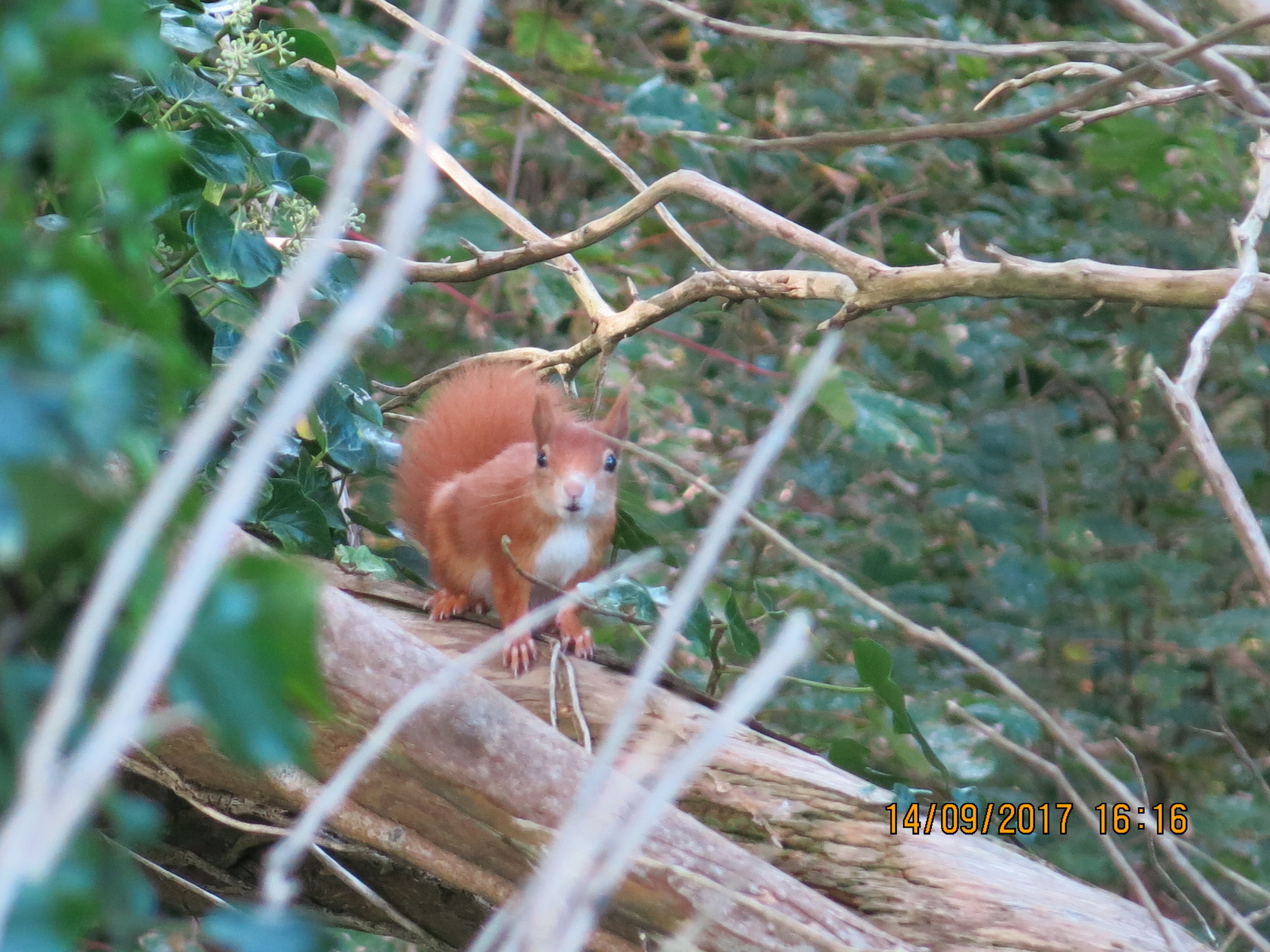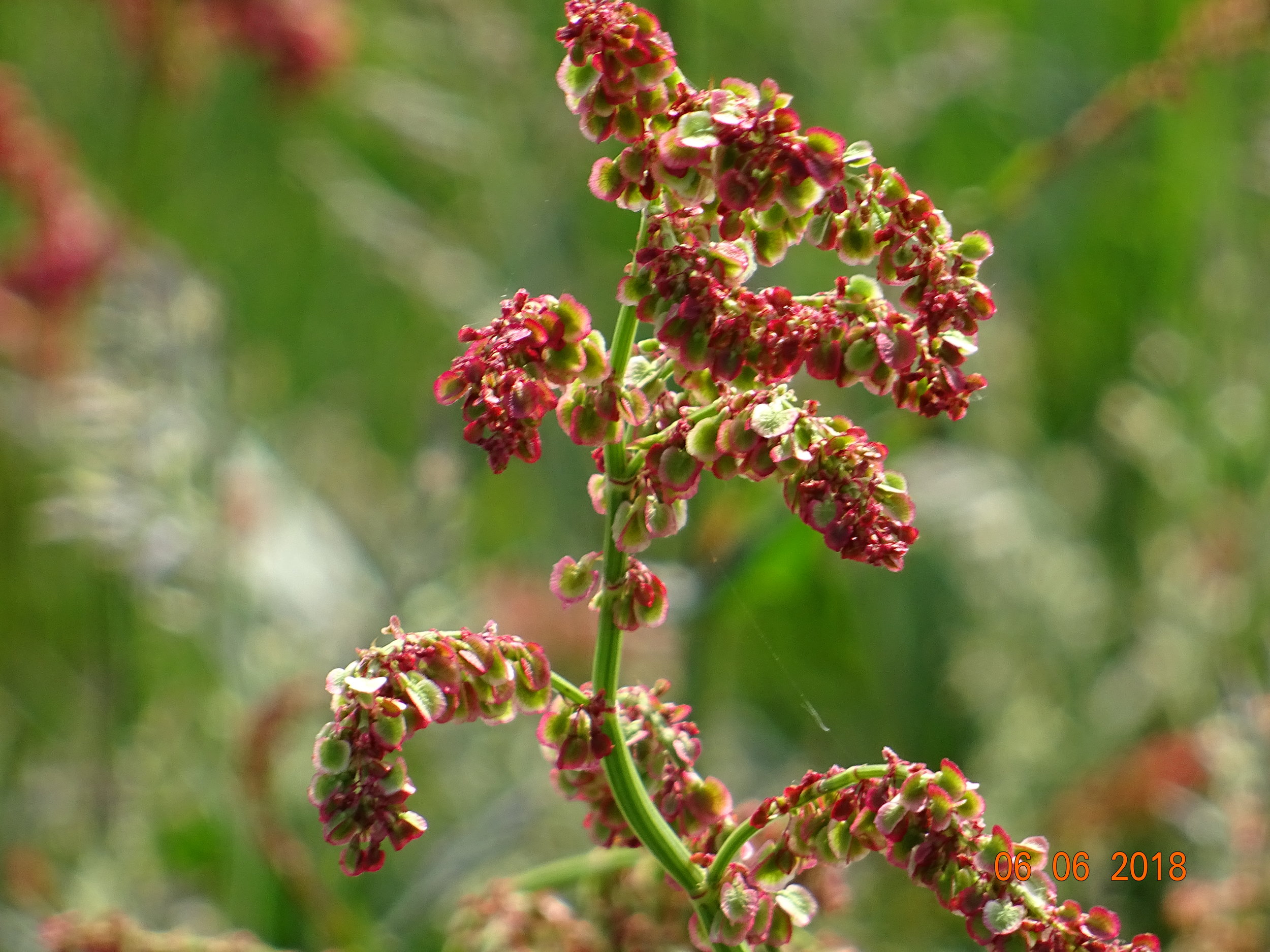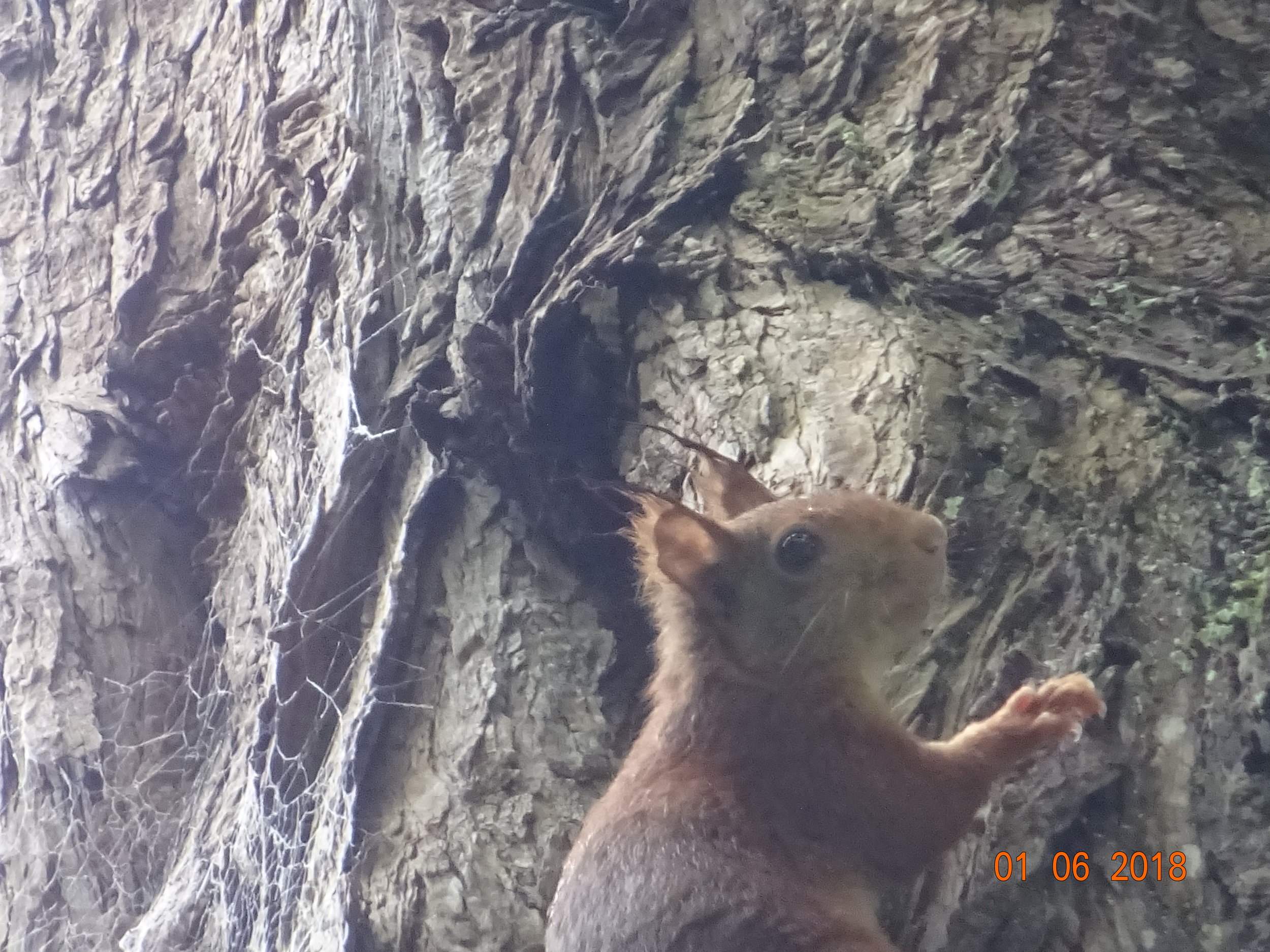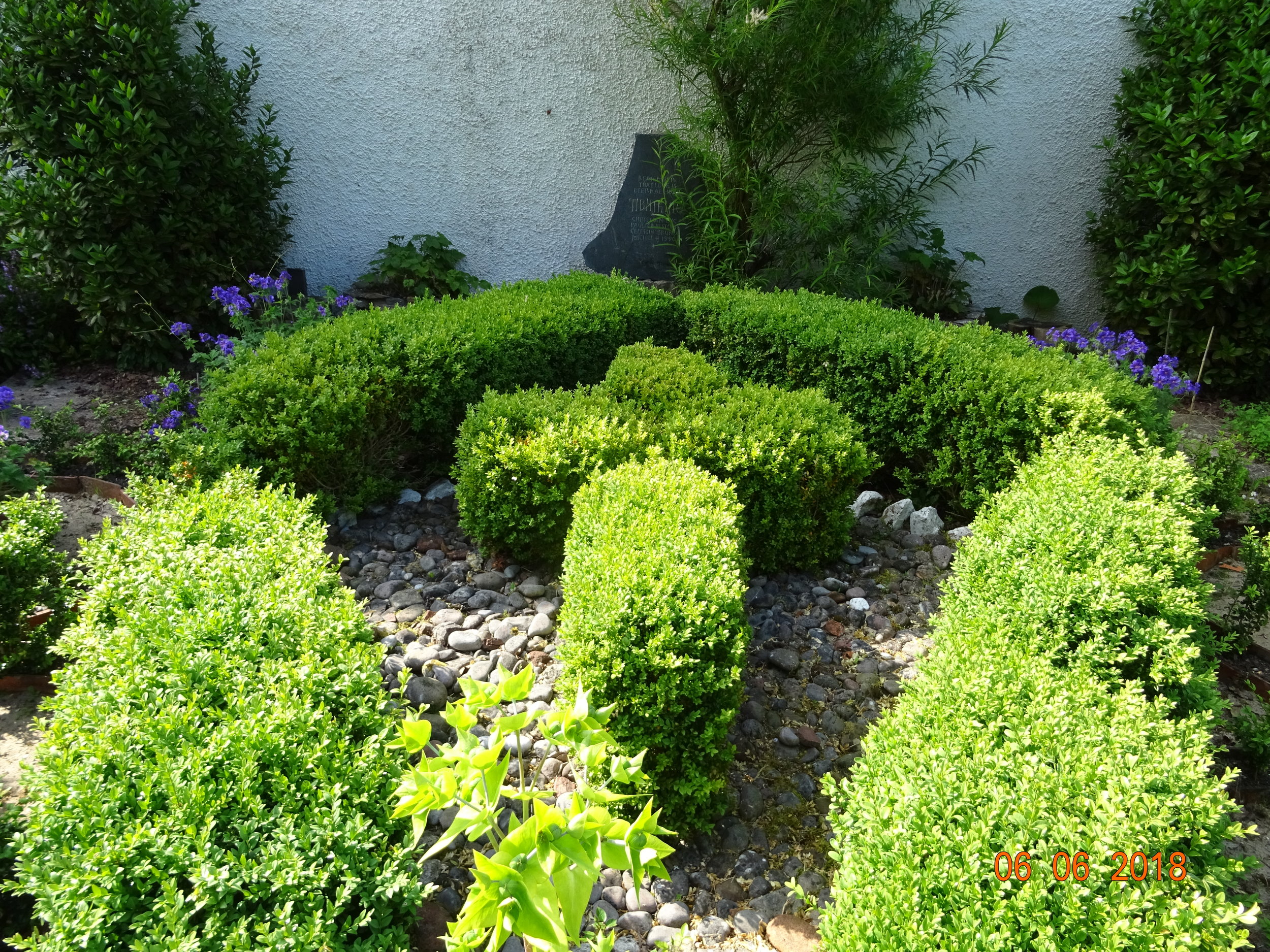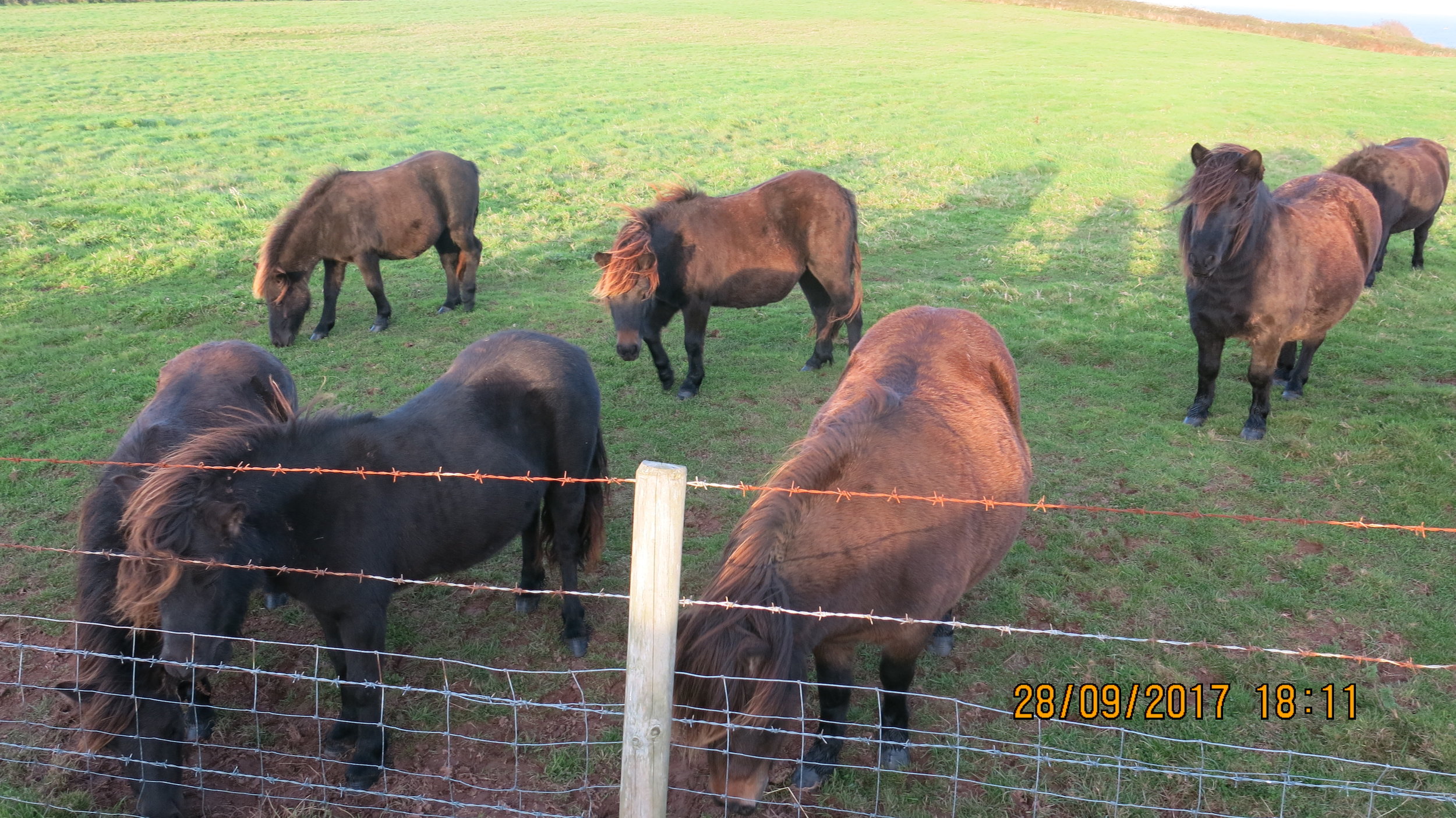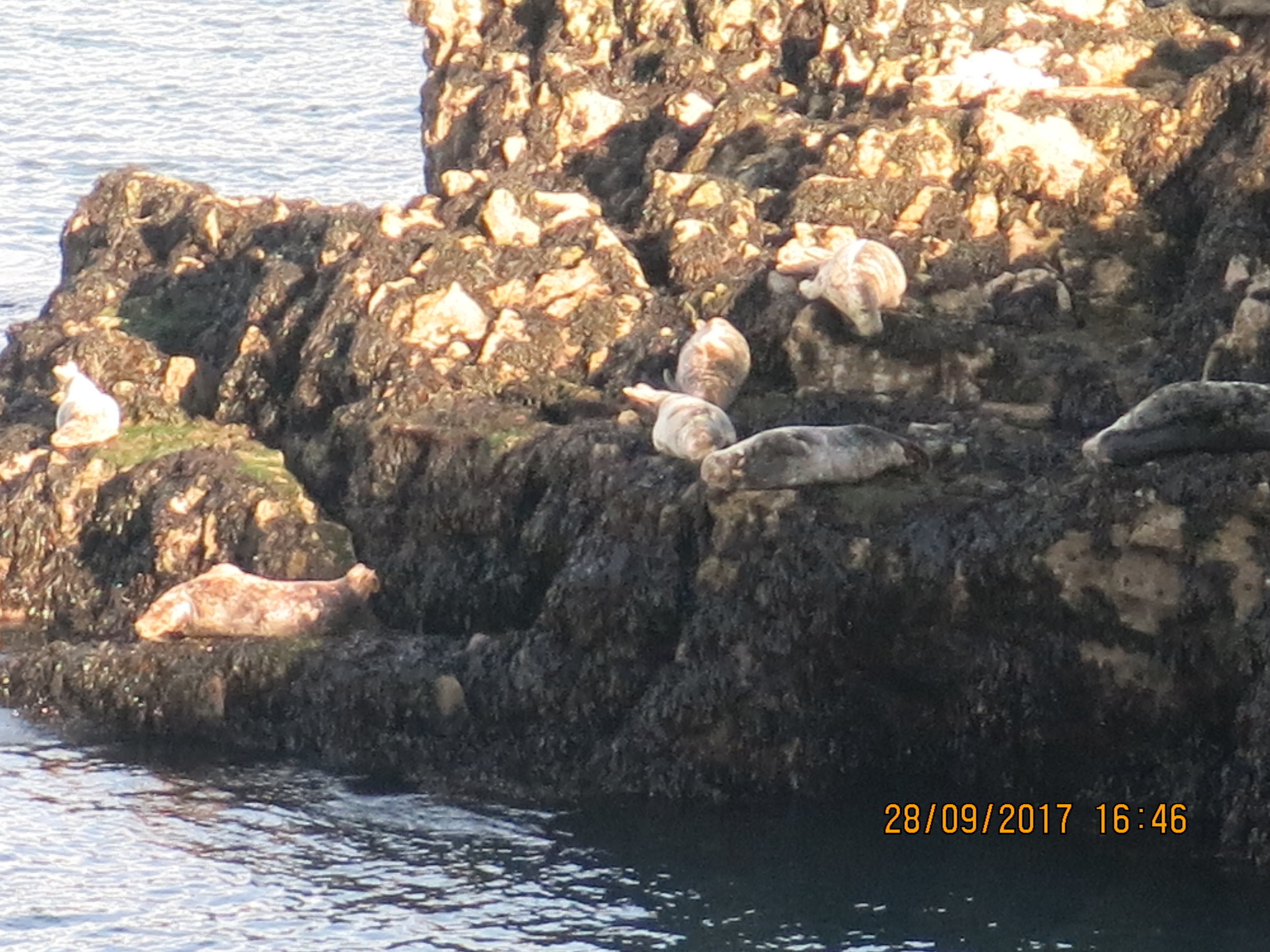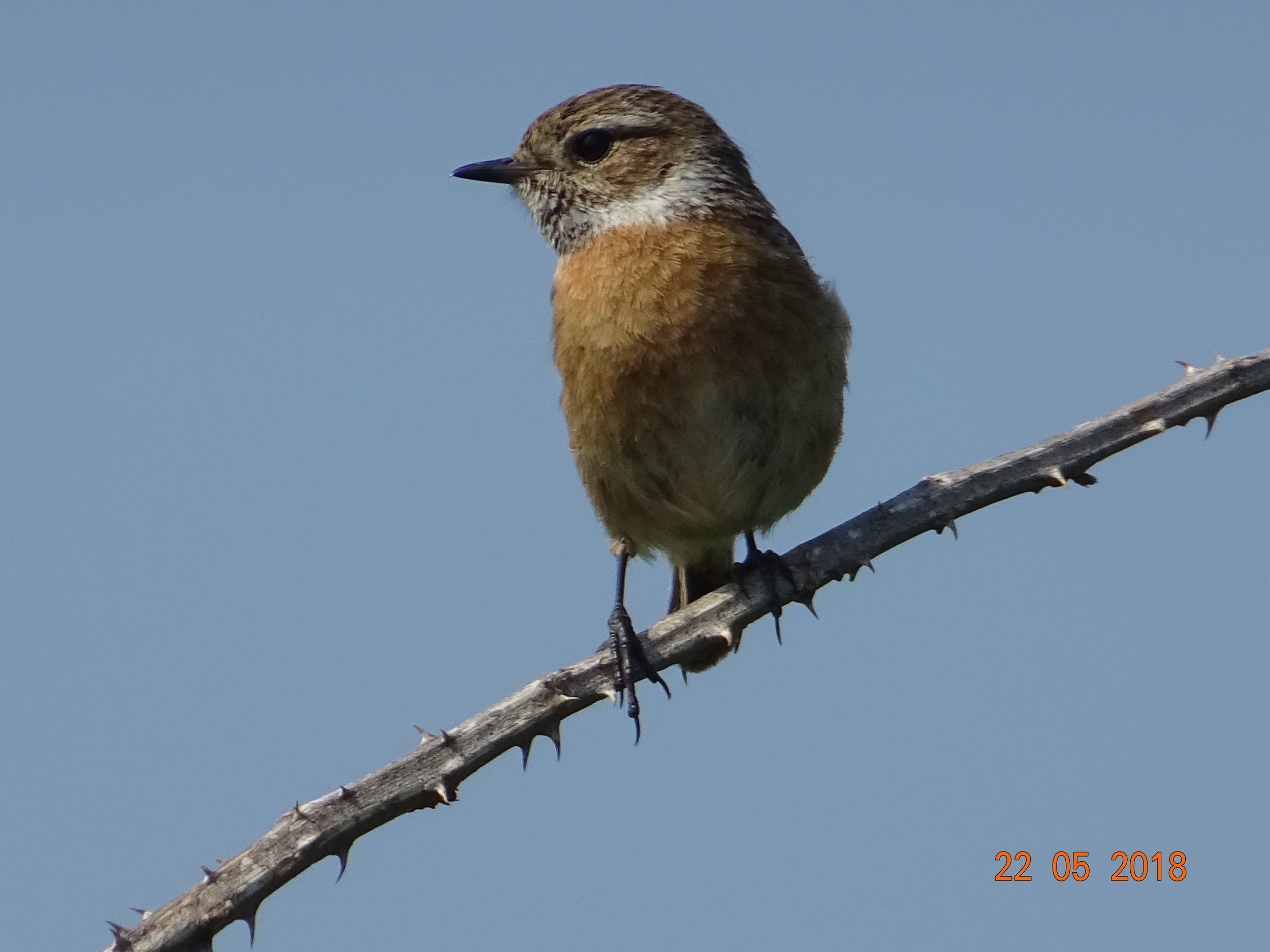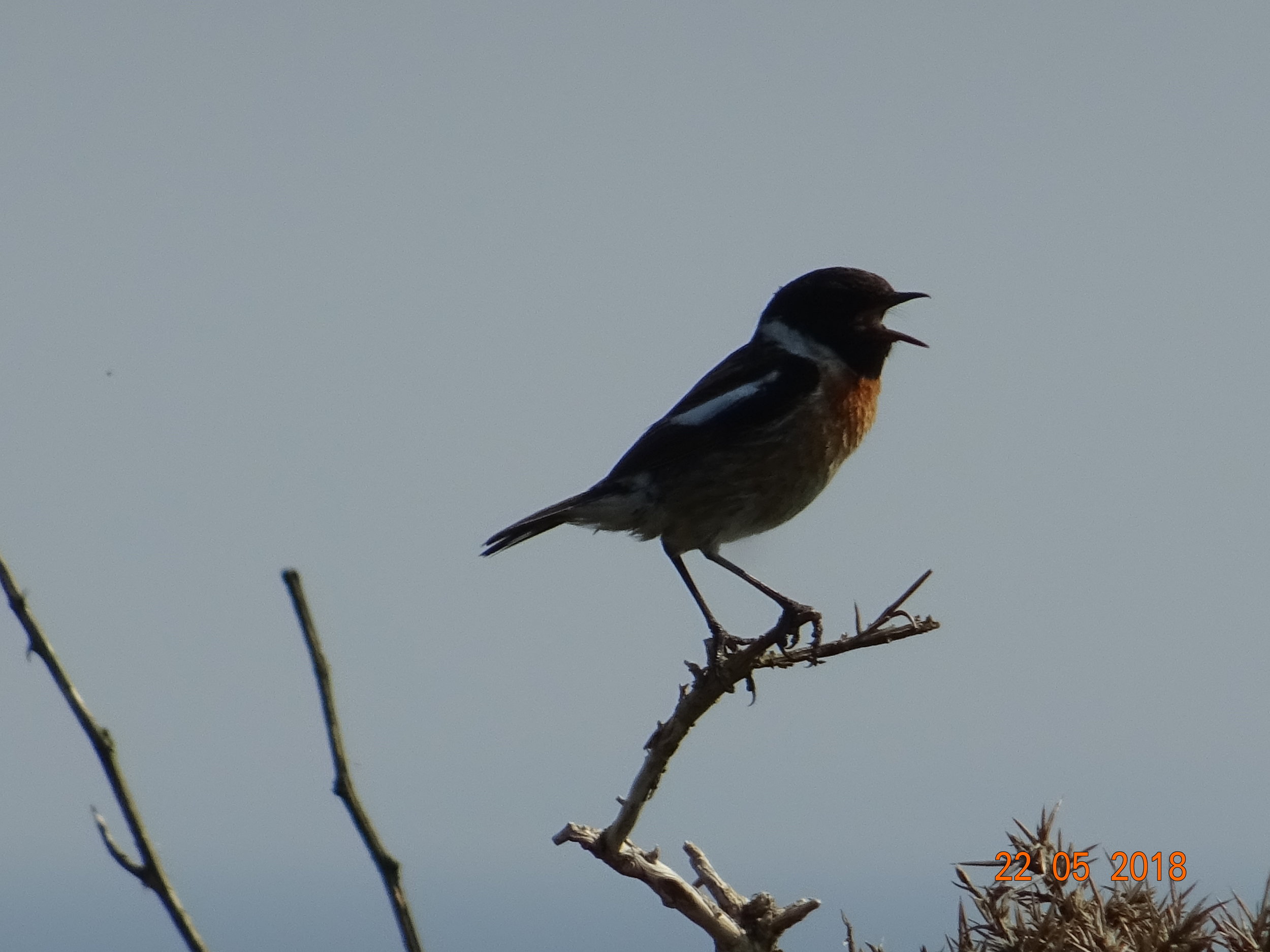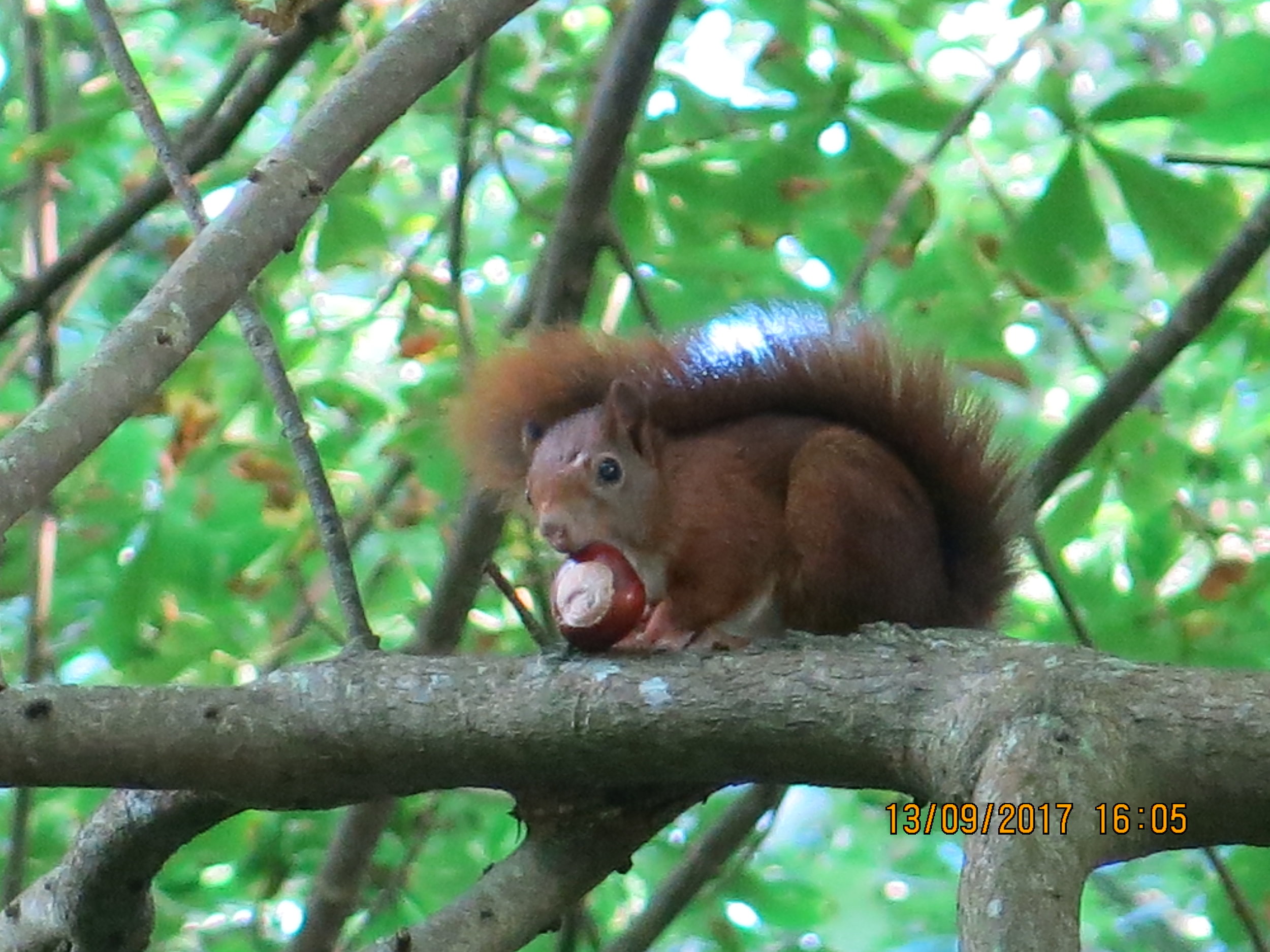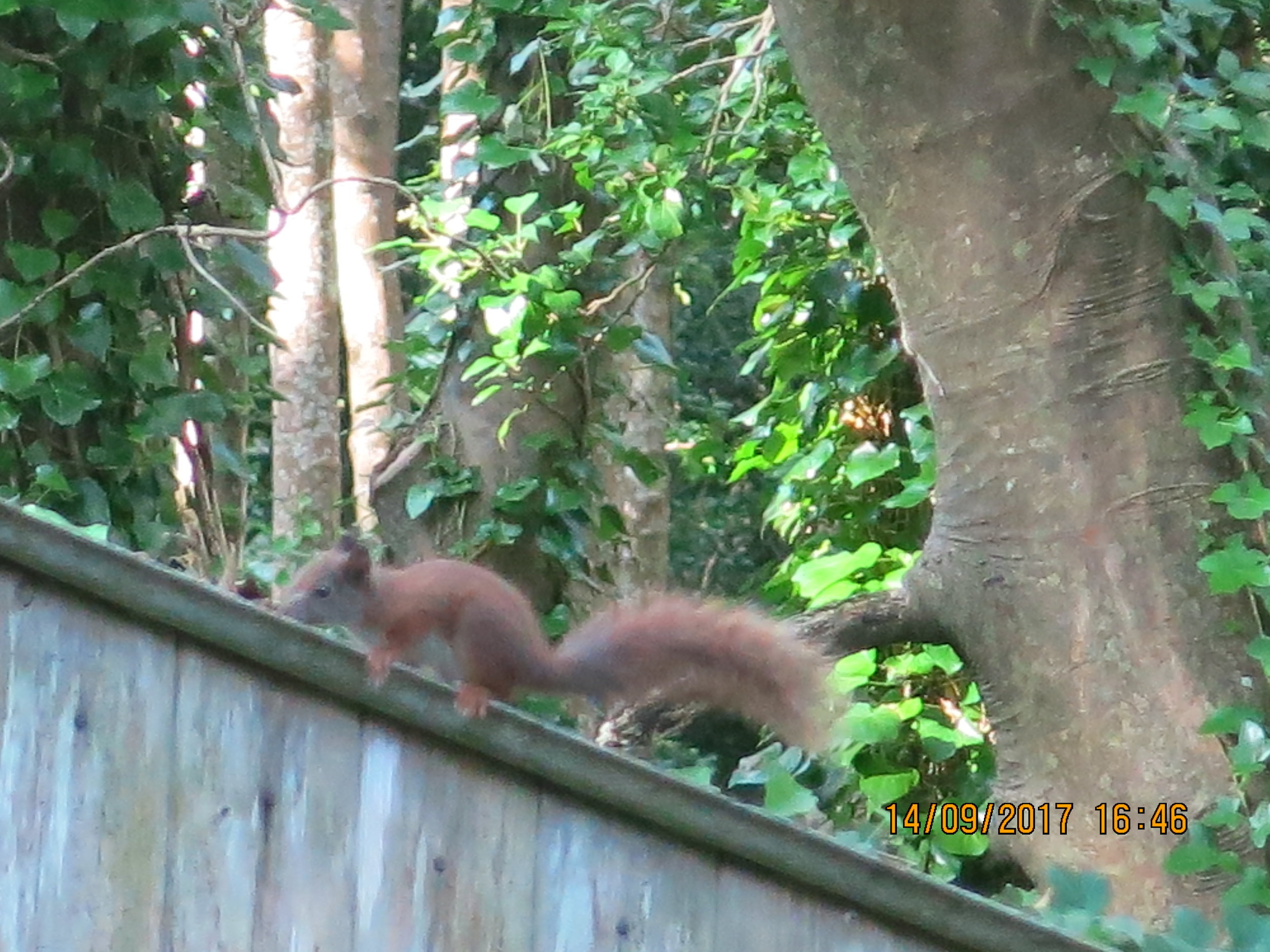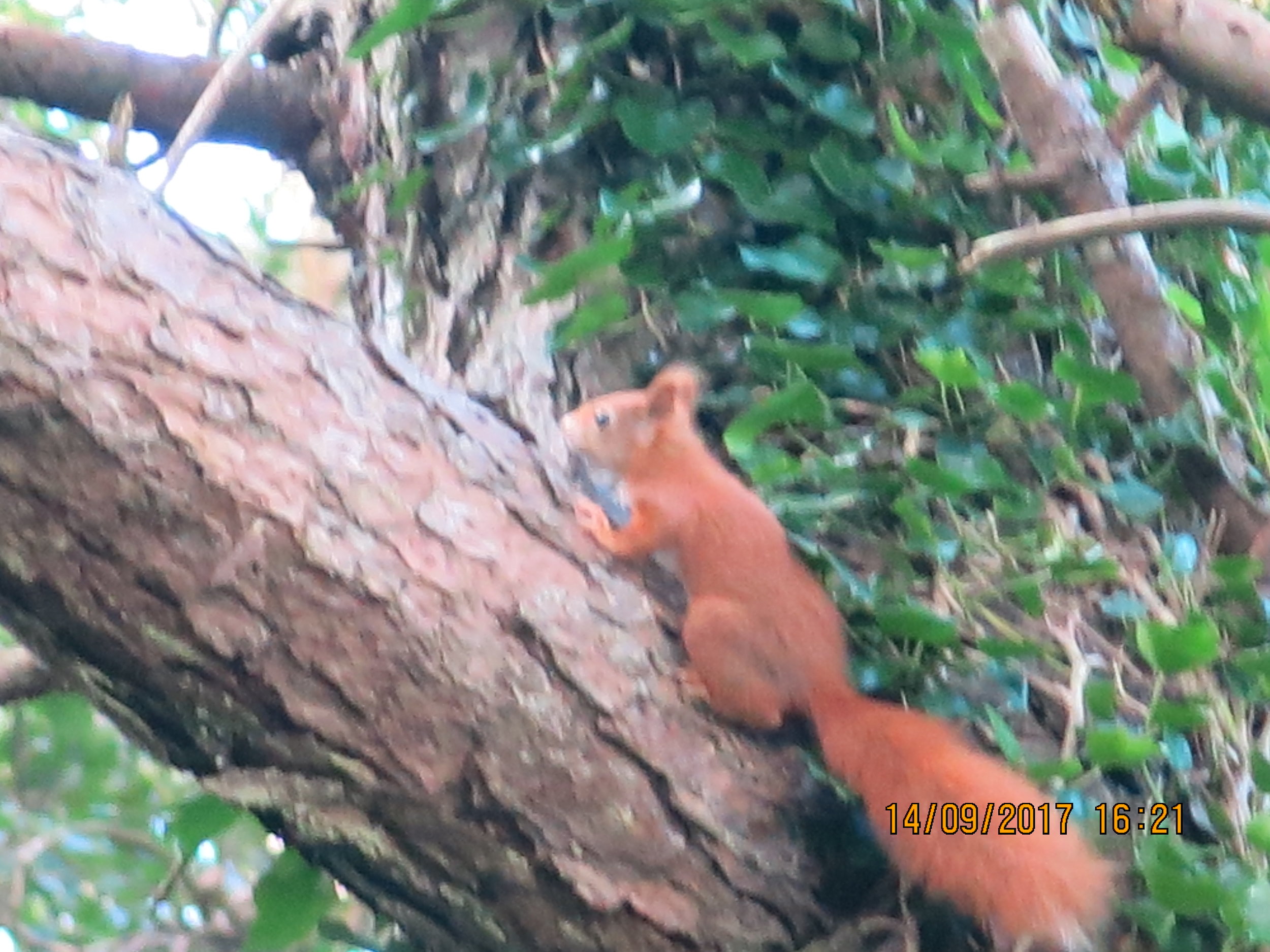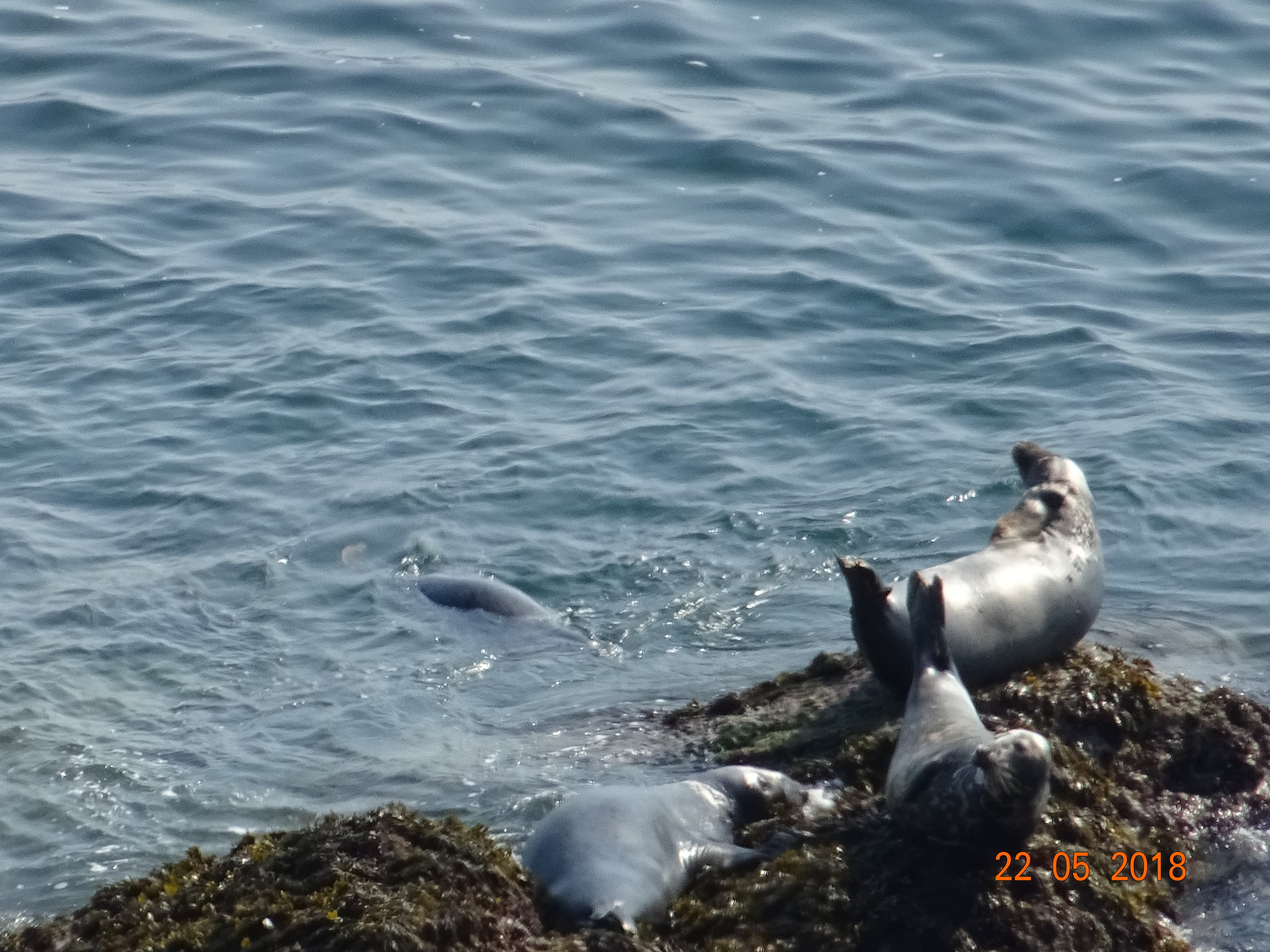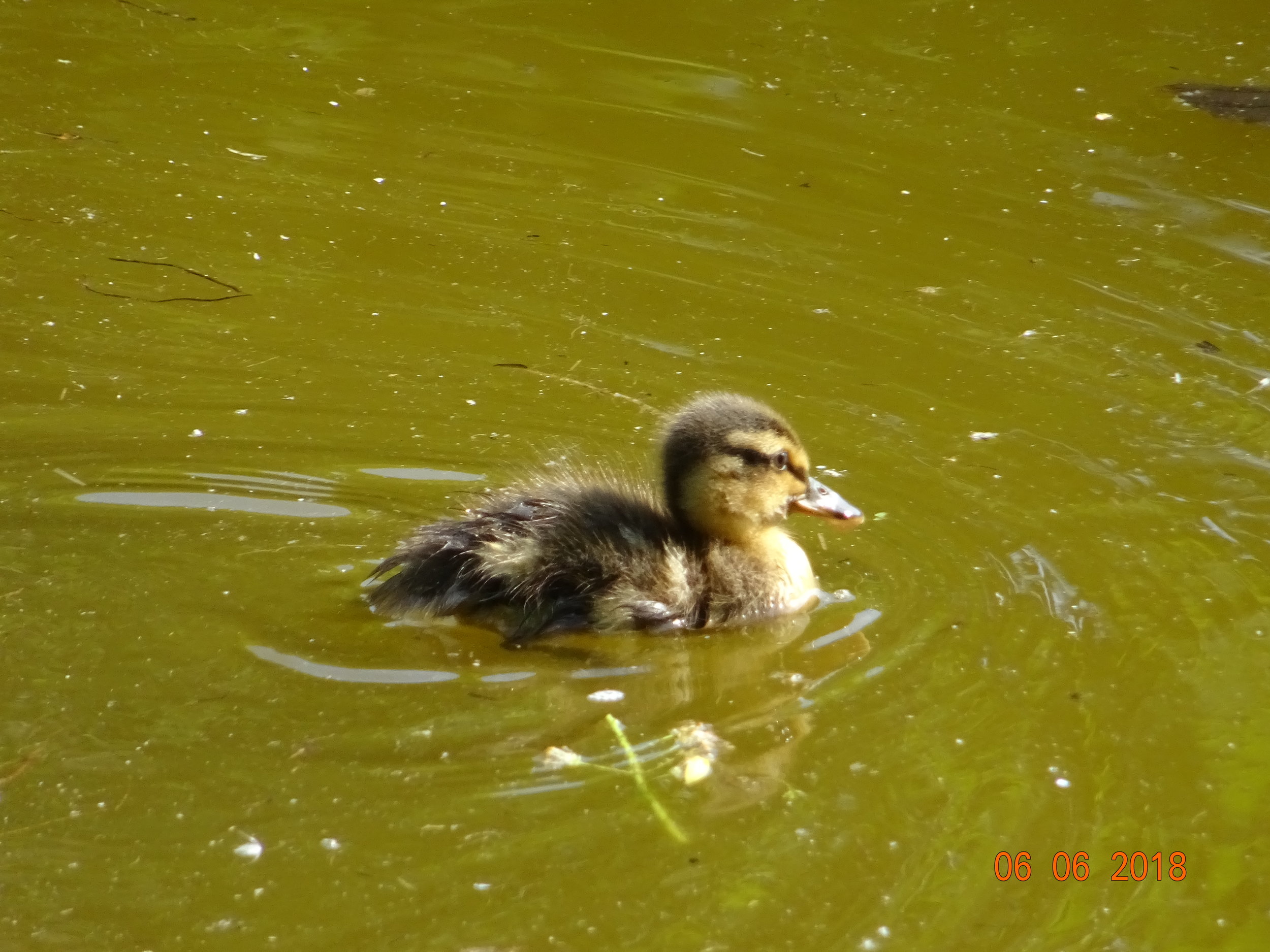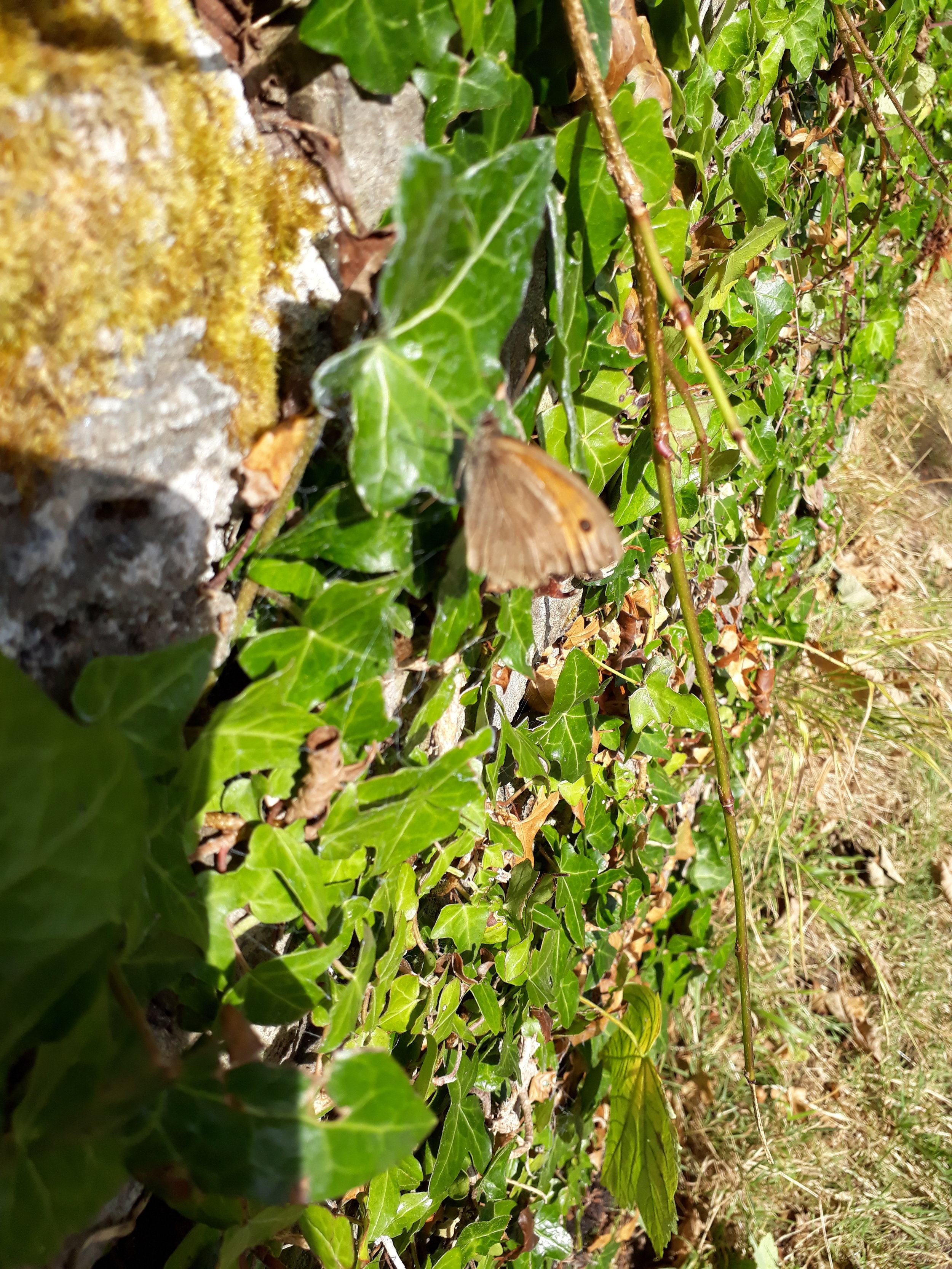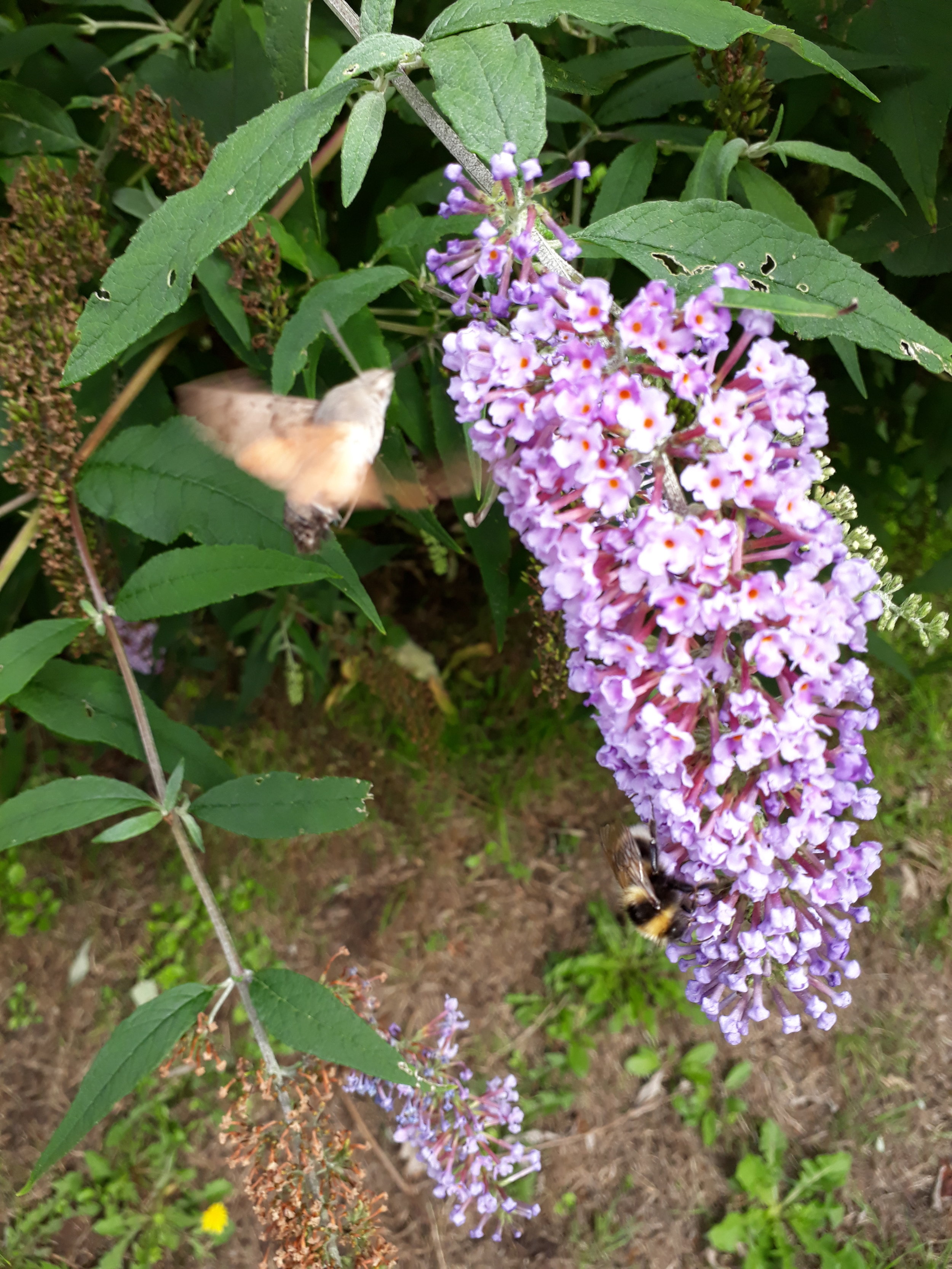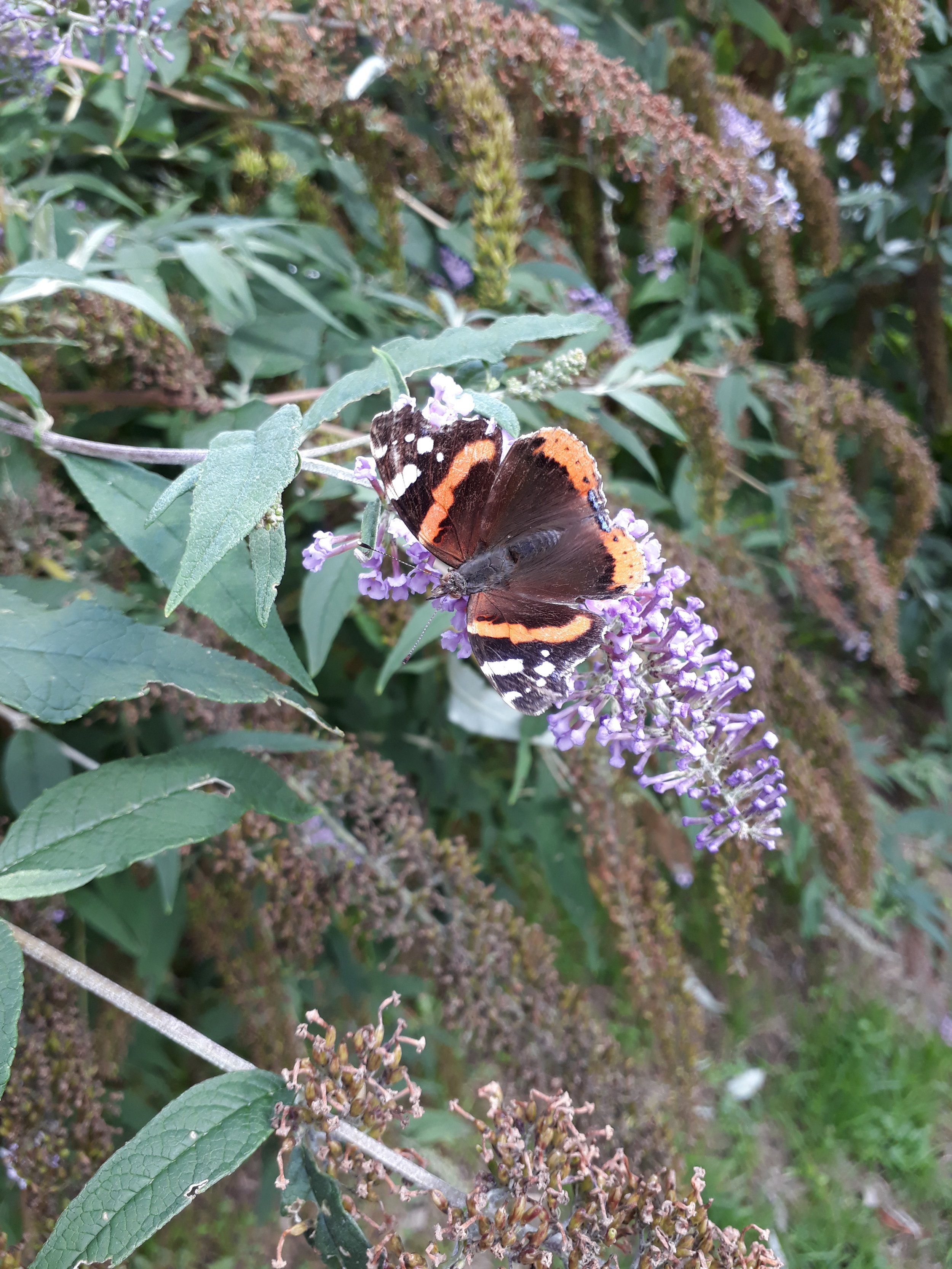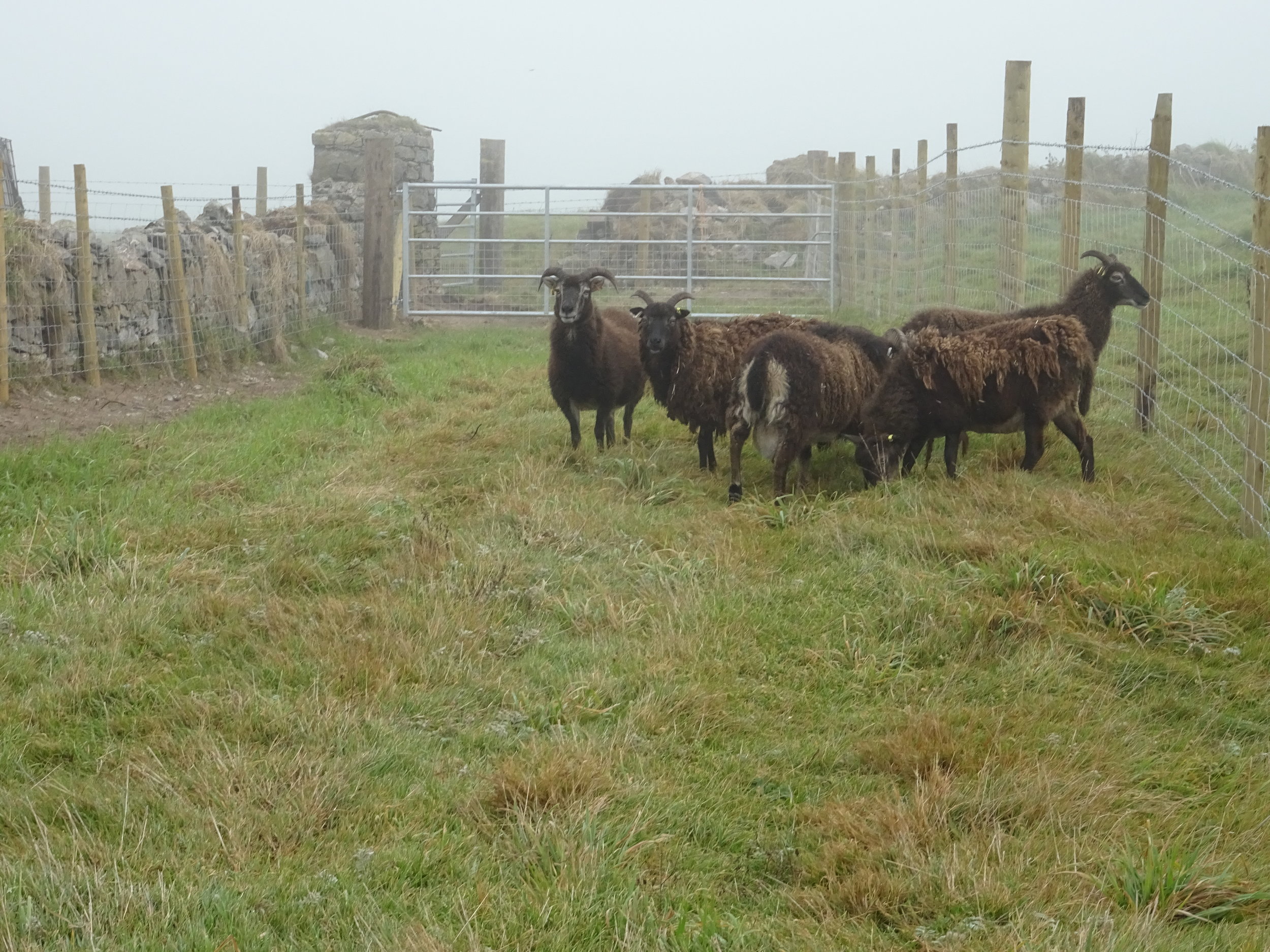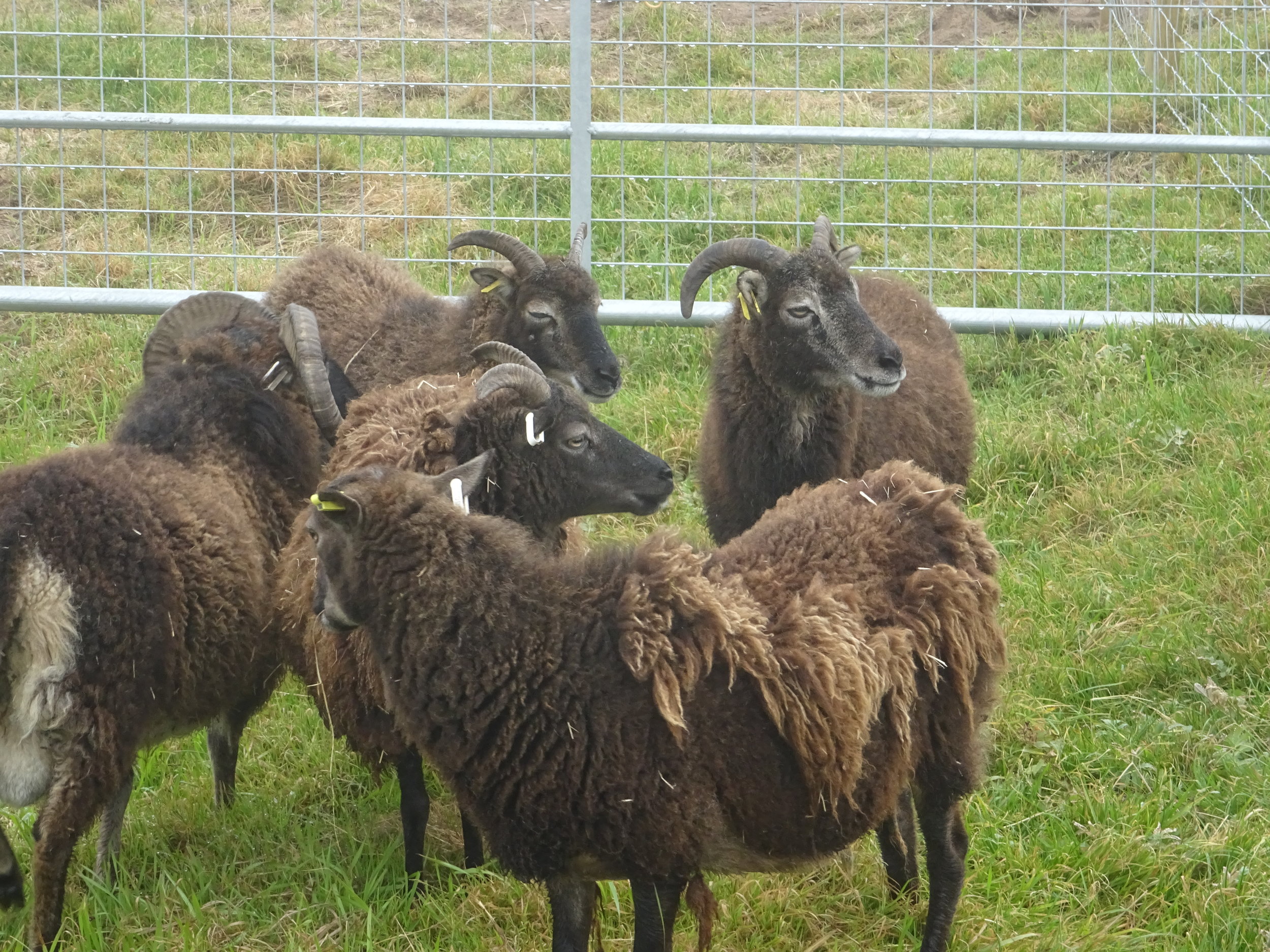
Conservation Programmes on Caldey Island
Every time you visit Caldey you are helping us continue our important conservation work
Several years ago Caldey began an exciting project to preserve and enhance the island as a much-needed wildlife conservation area. With the help of wildlife experts, we have completed many aspects of improving the structure of the island so that wildlife will thrive.
Rat Eradication
The aim of this project has been to allow the natural wildlife of an island habitat to increase, and it has been estimated that within five years of a rat-free environment, Caldey’s natural wildlife will increase by 400%. For example, ground-nesting birds such as puffins may be attracted and our aim is to re-establish a colony of puffins on Caldey, and increase the numbers of puffins on St Margaret’s island.
Other species such as hedgehogs are also thriving without the presence of rats.
We are indebted to Simon Walters of West Wales Wildlife & Pest Control, (westwalespestcontrol.co.uk) and his keen team for all their work in ensuring that Caldey is now 100% rat-free.
Red Squirrels
Three red squirrels arrived on the island in 2016 after an extensive programme of rat eradication, and then a further 12 were added in 2017. The island is following a greatly-researched, closely-monitored and supplemented conservation programme, where the health and happiness of the squirrels is paramount. The aim is for the reds to live in natural habitat with no competition from grey squirrels, which is a rare thing in the UK. The squirrels' welfare is continually assessed, and so far they are enjoying their surroundings, building dreys, finding food, exploring the island, and raising young.
We were delighted to have spotted numerous kits every year since 2018, and they are now an increasingly common sight over all areas of the island where there are trees. Although we can’t be sure of their exact numbers it’s estimated there are well over 60+.
The squirrels generally have plenty of natural food from which to forage, but this is supplemented by a mixture of carrots (which they love !) walnuts, hazelnuts, peanuts, sunflower seeds, and cuttlefish via numerous feeding stations, to give them just that little bit of extra help. The months of June, July and August (perhaps surprisingly to us) are the period in the year when supplementary feeding is most important, as that is a time when their natural foods become less available. The feeders are topped up twice weekly and give us the opportunity to observe and sometimes film the squirrels’ feeding habits. This provides valuable information for us in monitoring their activity and numbers. The island has planted further areas of native trees to provide more food for the squirrels in the future including a variety of nut producers, such as hazelnuts, walnuts and sweet chestnuts, for example.
Management of the gene-pool began by introducing squirrels from different stocks, and will continue by movement of squirrels within conservation projects in the UK when possible. The issue of squirrel pox affecting mainland groups is one we are most aware of, and therefore further introductions will remain on hold for the time being to ensure our island colony remains disease free.
The introduction was made possible with the expertise and advice of wildlife expert Dr. Nick Fox of International Wildlife Consultants near St. Clears.
We are also very grateful to Tenby Lions, who sponsored their first year of supplementary feed.
Hedgehogs
Hedgehogs have been around for 15 million years, once roaming Britain with mammoths and sabre-toothed tigers. But in the past sixty years these much-loved mammals have been driven towards extinction. It is estimated that in the 1950s, there were over 35 million hedgehogs in the UK, whereas they now number about a million, mainly due to the shrinking of their natural habitat.
The hedgehog is now a conservation priority. We hope they will thrive on Caldey due to the abundance of natural habitat, the lack of predators, and practically no chance of being run over by cars ! They are certainly being seen here more frequently than they once were.
Butterflies and Moths
Caldey Island is working together with ‘Butterfly Conservation’ (butterfly-conservation.org) to develop the island’s unique mix of woods, coastline and pastures to ensure an improved habitat for butterflies and moths.
We’ve commenced a programme to count and identify our resident moths and butterflies, as well as many of those varieties that use us as a staging post during their migrations (e.g. 2019 &2020 saw several humming-bird hawk-moths visiting us for the summer).
Photo of a Convolvulus Hawk Moth, a large (5.5cm) migratory visitor to Caldey from Southern Europe / Africa.
Butterfly Count
This project will be led by Russel Hobson, Head of Conservation for Wales and his team of butterfly and moth experts, who commenced the very early stages of the butterfly count in 2018 and this continued into 2019, with the moth count due to take place in 2020.
The previous count for moths here occurred in 1920, so this will provide an invaluable set of comparative statistics 100 years later !
Photo of a Small Tortoiseshell courtesy of Mark Searle & Butterfly Conservation
Soay Sheep
Soay sheep, a very hardy animal well-suited to a sometimes harsh island environment, and listed as being at risk by the Rare Breed Survival Trust, are now on Caldey.
Additions to the flock have also arrived to join them in making their home on the luscious pastures in the western sector of the island and providing a valuable contribution to the continued existence of this rare breed.
Photo of a Caldey Soay sheepOther successful introductions:
We have recently introduced several species to the island, such as Black Swans, English and French Partridges, Golden Pheasants and Barnacle Geese. All seem to be happy and thriving. Other species, such as the Woodcock which is on the RSPB UK Conservation Status Red List, and Peregrine Falcons, have also made a home here.




